How Can Materials Help You Tell How a Story Changed You?
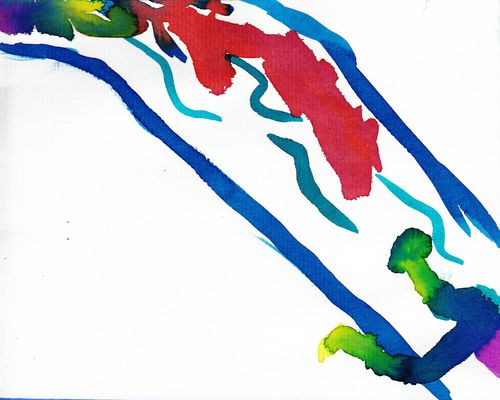
by Levia Friedman, Opal School Teacher Researcher
The day after these 5th grade students re-enacted the historic Snake River Crossing on the Oregon Trail, we asked them to use materials to reflect on how that experience with the "river" changed the characters they had the chance to imagine and play. Before we moved to begin our work with materials, students offered their thinking:
Ella: You might cherish life a little more. It changed your perception of life.
Materials provide children with the opportunity to find themselves in a state of relaxed alertness and to express their thinking, feelings and emotions. Danny sat down with the watercolors. He had played the part of the river, and he knew so clearly who he was in the drama:
Danny: We’re this tributary. We come out of the mountains as snow melt. Red is the Oregon Trail. We come from snow melt on a high peak and enter the Snake River at the crossing. We create a channel.
But when it came to describing how the river crossing changed him, he felt a little lost and called me over to support him.
Danny: It depends on when it was, because I’d have gotten used to it [people walking through me]. At first it might have felt weird.
Levia: Can you show that weird feeling?
Danny: If I paint it.
Abigail and Kaia were Nez Perce Indians who guided covered wagon families across the river.
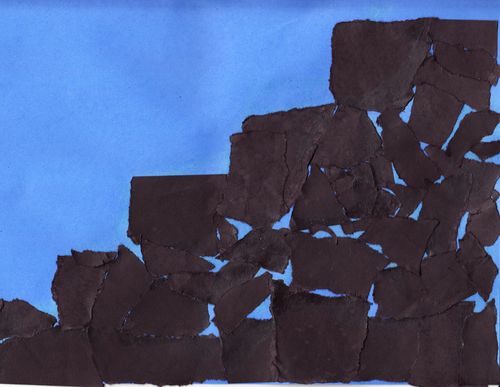
Abigail: It was scary, but we felt stronger. People put their lives into our hands. We were the first Native people to do it. We were raised up. They thought we were dirt, but they paid us for the crossing. That is not what would happen in most lives. The black staircase shows level after level but not being at the top.
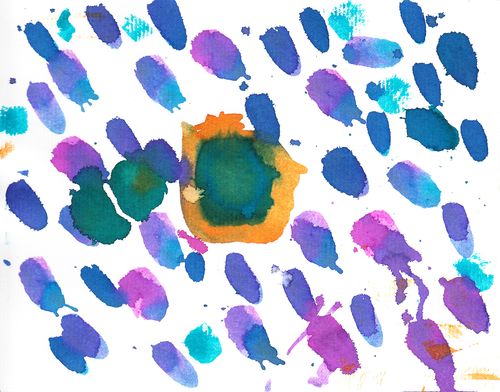
Kaia: It gives me money; it gives me a better life: I am respected. It’s like the president and his bodyguards. He is the one person that stands out.
Riley to Kaia: That looks like it could be on the cover of Time magazine! Like that image of President Obama that is made up of lots of smaller images. Kaia, I think that it’s the other way around. When you are respected you become different.
Kaia: Like that one popular girl in middle school. It’s like a brick wall with a big spot of pink on it. (Which she then painted:)

Riley: This dividing line is the river of calm. How will I show calm? There is the calm side and the stress side. When me and Bella first got there, we were stressed from our long journey. When we started making a living we weren’t worried about finding food for the next week.
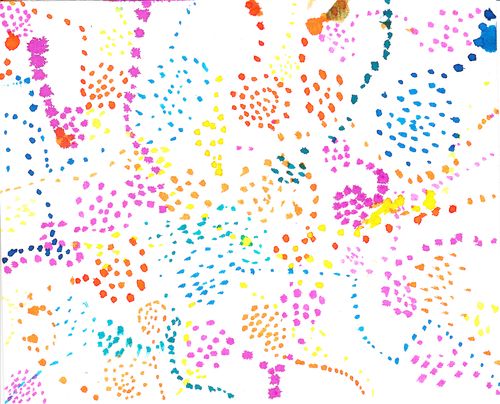
Naomi: They are butterflies. It’s how I felt before I crossed the river. The different colors are different emotions. This is wonder: Will I make it? Will my family make it? Will our stuff make it? And this is nerve: I’m nervous to be actually doing this.
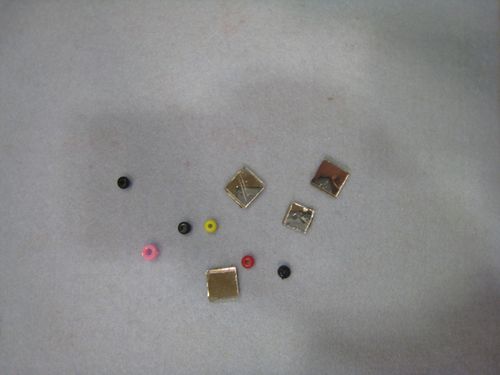
Maya: I kept having people step on me—these are all the feet. I need to move around so people won’t step on me: I don’t like that.
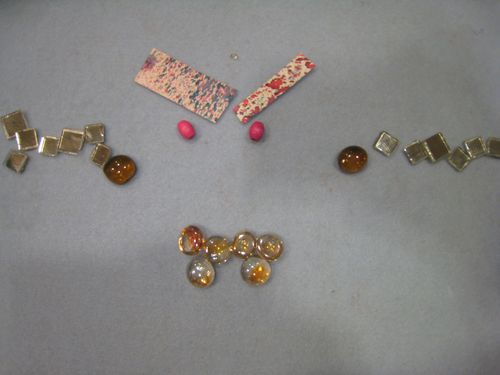
Maya (later): I changed by I wanted to be fiercer; I don’t like to be crossed. I made a mad face. I want to be more violent.
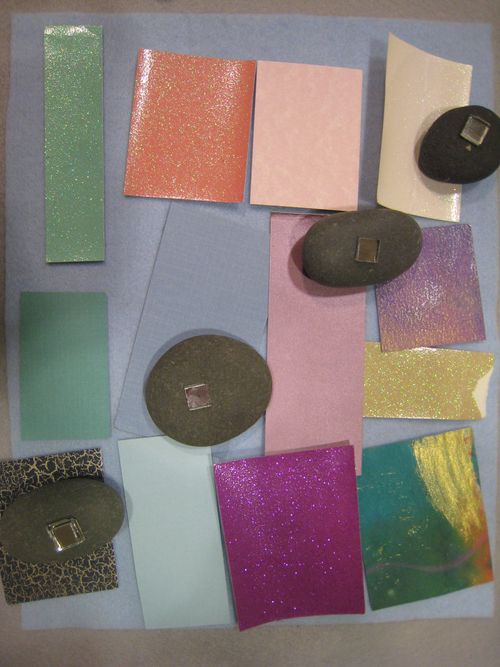
Maya (later): I changed because it (the crossing) was going to change me, because they would always be bothering the river, taking the water. It would never be the same.
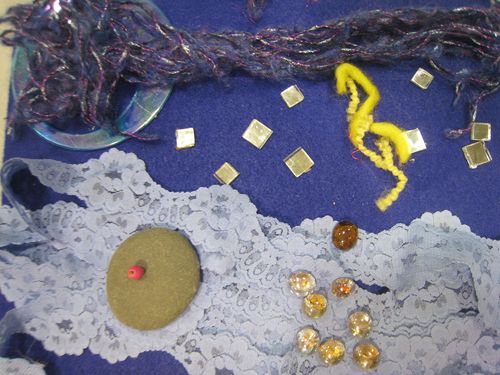
Bella: I was a ferry operator and I had no idea how to do it (operate the ferry). [describing image] If you put yourself up high, claim to know things, there is a big chance to slip. If you put yourself lower there is less chance to fall, the rocks are sturdier.
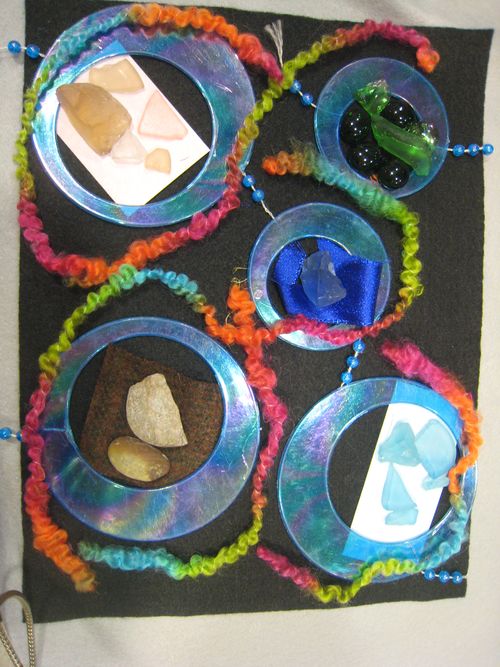
Hailey: The crossing brought me closer to my family [emotionally]. I realized it’s easy to lose family and I should appreciate my family while I have them.

Hailey: [explaining image] This was before we went: I felt shy. This is on the way: it’s outdoorsy. This is when we reached [the destination]: I feel upbeat. This is the shock when my father dies; this is me keeping my family. The rainbow string is me grateful for my family.
Malakai: It makes me wonder if there was an easier way to cross.
Teacher Carole: Can you think of how you have changed?

Malakai: I need to think ahead more about what might happen in the future. I could have brought more planks, rafts, supplies, etc.
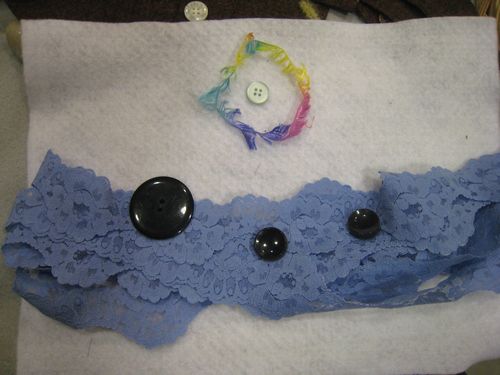
Senan: I changed because it killed me. I am showing it black because I hate it. This is money – all I cared about.
Carole: Right before you died, did you have any regrets?
Senan: No, my life was good. He was rich — he liked his life.
Abigail: Can we publish these? The whole story of crossing the river? I mean, this was a life changing experience!
In what ways do you notice the materials have supported the students to deepen their understanding of their experience? Of history?


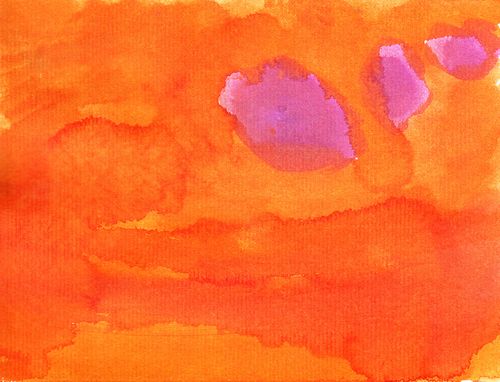
It is apparent to me that the children really took a lot away from this experience. There is such a high value in letting children experience things and express themselves using different languages. The way the children used the materials to express what they had learned and what they had felt as they acted out the crossing of the river was a very powerful message. The materials highly supported the students to deepen their understanding of the experience. The use of materials was sort of like giving the children a way for them to look at their own thinking and feeling through a different perspective. They had one perspective while they acted it out, one while they talked about it and a whole new perspective as they tried to represent these experiences/feelings with materials. I feel that sometimes materials are just the tool that children need to express things they may not have been able to express verbally. I also think it’s great how the materials were available for the children to use as a reflective tool. Workings with materials that are open ended naturally encourage reflective thinking. Materials are so easily manipulated to change and represent a new idea, way of thinking, emotions, ect… As children use materials as a form of language they have the freedom to represent their ideas, reflections, thinking and emotions in different ways. These ideas, reflections, thinking and emotions are also able to change because when working with open ended materials there is not one right way and there is always the possibility for change.